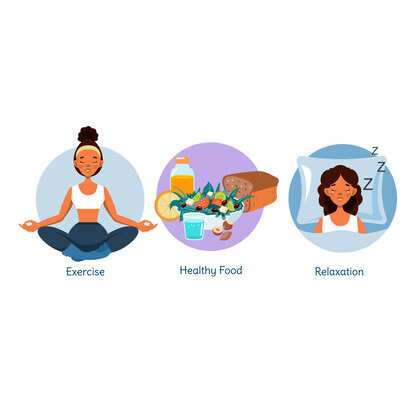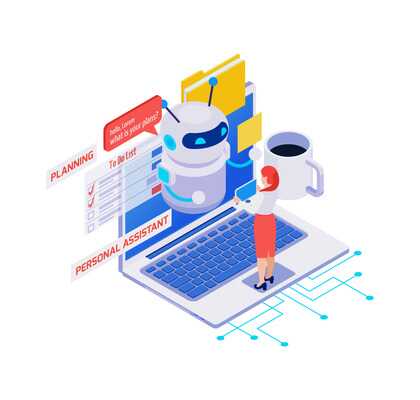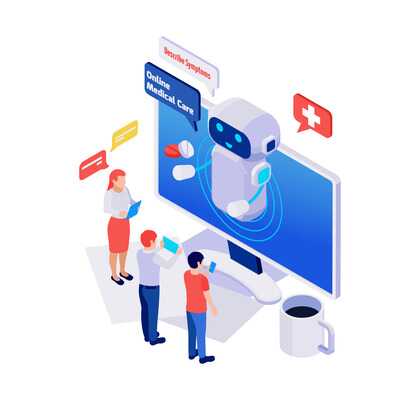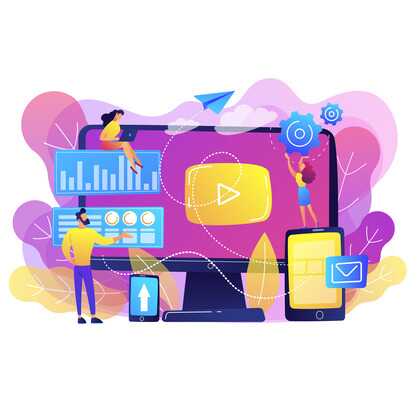HIPAA: Protecting Patient Privacy and Security in Healthcare
In today’s digital age, the privacy and security of personal information have become paramount concerns. The healthcare industry, with its vast amount of sensitive patient data, is no exception. The Health Insurance Portability and Accountability Act (HIPAA) is a crucial legislation that ensures the protection of patient privacy and security in the United States healthcare system. This article aims to provide an in-depth understanding of HIPAA, its regulations, compliance requirements, and its impact on various aspects of healthcare. HIPAA consists of three primary regulations: the Privacy Rule, the Security Rule, and the Breach Notification Rule. Each regulation addresses specific aspects of patient privacy, security, and breach response. The HIPAA Privacy Rule establishes national standards for protecting individuals’ medical records and other personal health information. It outlines patients’ rights regarding their health information and restricts the use and disclosure of protected health information (PHI) without proper authorization. On the other hand, the HIPAA Security Rule focuses on the technical and physical safeguards required to protect electronic PHI (ePHI). It sets forth specific administrative, physical, and technical measures that covered entities and their business associates must implement to ensure the confidentiality, integrity, and availability of ePHI. In the event of a breach, the HIPAA Breach Notification Rule requires covered entities to notify affected individuals, the Secretary of Health and Human Services (HHS), and, in some cases, the media. The rule outlines the timeframes, methods, and content of breach notifications. HIPAA regulations apply to covered entities and their business associates. Covered entities include healthcare providers, health plans, and healthcare clearinghouses. Business associates are individuals or entities that perform certain functions or activities on behalf of covered entities, involving the use or disclosure of PHI. PHI includes any individually identifiable health information held or transmitted by covered entities or their business associates. It encompasses demographic data, medical records, billing information, and any information that can reasonably identify an individual. To ensure the confidentiality, integrity, and availability of PHI, covered entities and their business associates must implement various safeguards. Administrative safeguards include policies, procedures, and training programs to manage the selection, development, implementation, and maintenance of security measures. Physical safeguards involve measures to protect the physical access to electronic information systems and the facilities that house them. These can include restricted access, secure storage, and disposal of devices and media containing PHI. Technical safeguards focus on the technology used to protect and control access to ePHI. These safeguards include access controls, encryption, audit controls, and secure transmission of PHI.
To keep the body in good health is a duty… otherwise, we shall not be able to keep our mind strong and clear.
– Buddha Compliance with HIPAA regulations is vital for covered entities and business associates to avoid penalties and ensure patient trust. Failure to comply with HIPAA can result in significant fines, reputation damage, and even criminal charges in some cases. The widespread adoption of electronic health records (EHRs) has transformed healthcare delivery. HIPAA regulations address the unique challenges and risks associated with EHRs, emphasizing the importance of securing patient information within these systems. The rise of telehealth has revolutionized healthcare access and delivery. While it offers convenience and expanded care options, telehealth providers must comply with HIPAA regulations to protect patient privacy and security during remote consultations. Mobile health apps have gained popularity, enabling individuals to monitor their health, access medical information, and communicate with healthcare providers. HIPAA requires app developers to implement appropriate safeguards to protect any collected or transmitted PHI. Cloud computing has become prevalent in the healthcare industry, offering flexibility and scalability. Covered entities utilizing cloud services must ensure that appropriate security measures are in place to protect PHI stored or processed in the cloud. HIPAA grants patients several rights regarding their health information. These rights include the ability to access their medical records, request corrections, obtain an accounting of disclosures, and determine how their information is used and shared. HIPAA regulations impose restrictions on the use of PHI for marketing purposes. Covered entities must obtain patient authorization for any marketing communications, while certain exemptions exist for communications related to treatment, payment, and healthcare operations. Over time, HIPAA has undergone updates and amendments to address emerging technologies, changing healthcare practices, and evolving privacy concerns. Staying up to date with these updates is crucial for covered entities and business associates to maintain compliance. The COVID-19 pandemic has highlighted the importance of protecting patient privacy and ensuring secure information exchange during a public health crisis. HIPAA regulations provide flexibility and guidance for healthcare providers and entities in managing patient information while responding to the pandemic. HIPAA plays a critical role in safeguarding patient privacy and security in the healthcare industry. Adhering to HIPAA regulations and implementing robust privacy and security measures is essential for healthcare providers, business associates, and other entities handling PHI. By prioritizing patient privacy and maintaining HIPAA compliance, the healthcare sector can continue to provide quality care while protecting sensitive information.Introduction
Understanding HIPAA Regulations
Covered Entities and Business Associates
Protected Health Information (PHI)



Safeguarding PHI
HIPAA Compliance and Penalties
HIPAA and Electronic Health Records (EHRs)
HIPAA and Telehealth
HIPAA and Mobile Health (mHealth) Apps
HIPAA and Cloud Computing
HIPAA and Patient Rights
HIPAA and Healthcare Marketing
Recent Updates to HIPAA
HIPAA and COVID-19
Conclusion






































